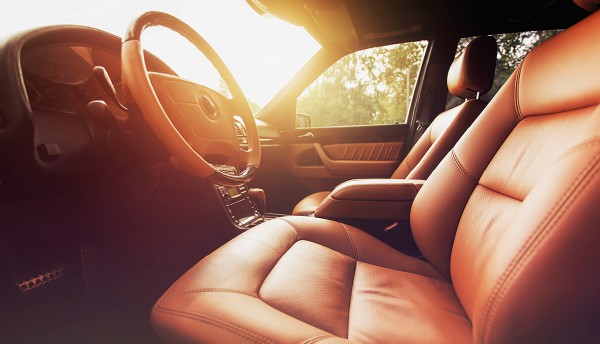
Mexico’s national association of auto suppliers, INA, has kicked off a long-term effort to develop a national network of tier two suppliers, noting that first tier suppliers are well represented. These suppliers, however, need to import much of the parts and raw materials that they need. The INA said that tier one companies in Mexico produced parts valued at a total of USD76.8 billion in 2013, while the value of imported components they used totalled USD38.8 billion, reports Automotive News. "It’s a question of reducing this USD38 billion total to USD25 billion by 2019. That’s our goal," said Oscar Albin, INA’s executive president. The effort, launched 18 months ago, is supported by several million dollars of government funding. About 100 Mexican second tier suppliers have improved their manufacturing standards to meet international standards. Albin said that US, German, and Japanese automakers in the country once preferred to use suppliers in their home countries, but now they are looking to regionalise component sourcing. While the tier one network is strong in Mexico, only about 15 are Mexican companies. "The first tier level in Mexico is complete. You can assemble a car with parts made in Mexico. The problem is [getting] the components for the tier ones," said Albin.
Significance: Mexico is seeing significant investment in automotive production and its output is forecast to exceed that of Brazil in 2014. As that production base continues to grow, regionalisation of more components is a natural outgrowth. Those two countries may swap leads, but by 2017 Mexico is forecast to be ahead. In 2021, production in Mexico will have reached 4.69 million units. Among the differences between production in Brazil and Mexico, however, is that Mexico’s production base is nearly 90% exported, while Brazil is largely looking to supply its own market. The pressure on Mexican production is somewhat different; the vehicles coming out of Mexico for shipment to mature markets such as the United States and Europe must provide higher levels of safety equipment and are expected to have higher quality components, being sold in countries where vehicles are priced more expensively.








